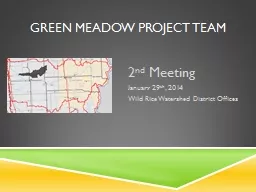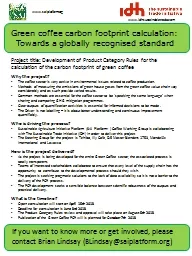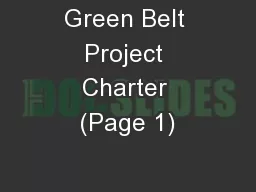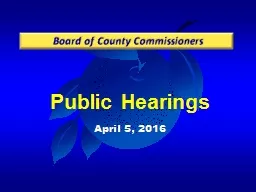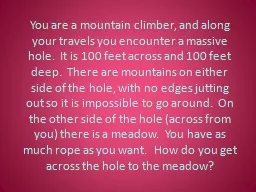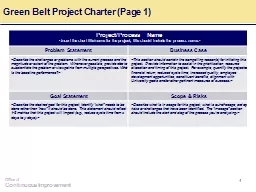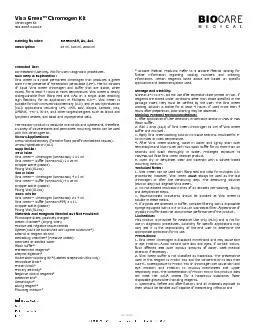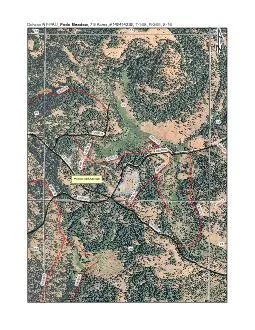PPT-Green meadow Project Team
Author : liane-varnes | Published Date : 2016-05-29
2 nd Meeting January 29 th 2014 Wild Rice Watershed District Offices Agenda 1 st Meeting Review 2 nd Meeting Objectives Watershed Problem Statement action
Presentation Embed Code
Download Presentation
Download Presentation The PPT/PDF document "Green meadow Project Team" is the property of its rightful owner. Permission is granted to download and print the materials on this website for personal, non-commercial use only, and to display it on your personal computer provided you do not modify the materials and that you retain all copyright notices contained in the materials. By downloading content from our website, you accept the terms of this agreement.
Green meadow Project Team: Transcript
Download Rules Of Document
"Green meadow Project Team"The content belongs to its owner. You may download and print it for personal use, without modification, and keep all copyright notices. By downloading, you agree to these terms.
Related Documents

